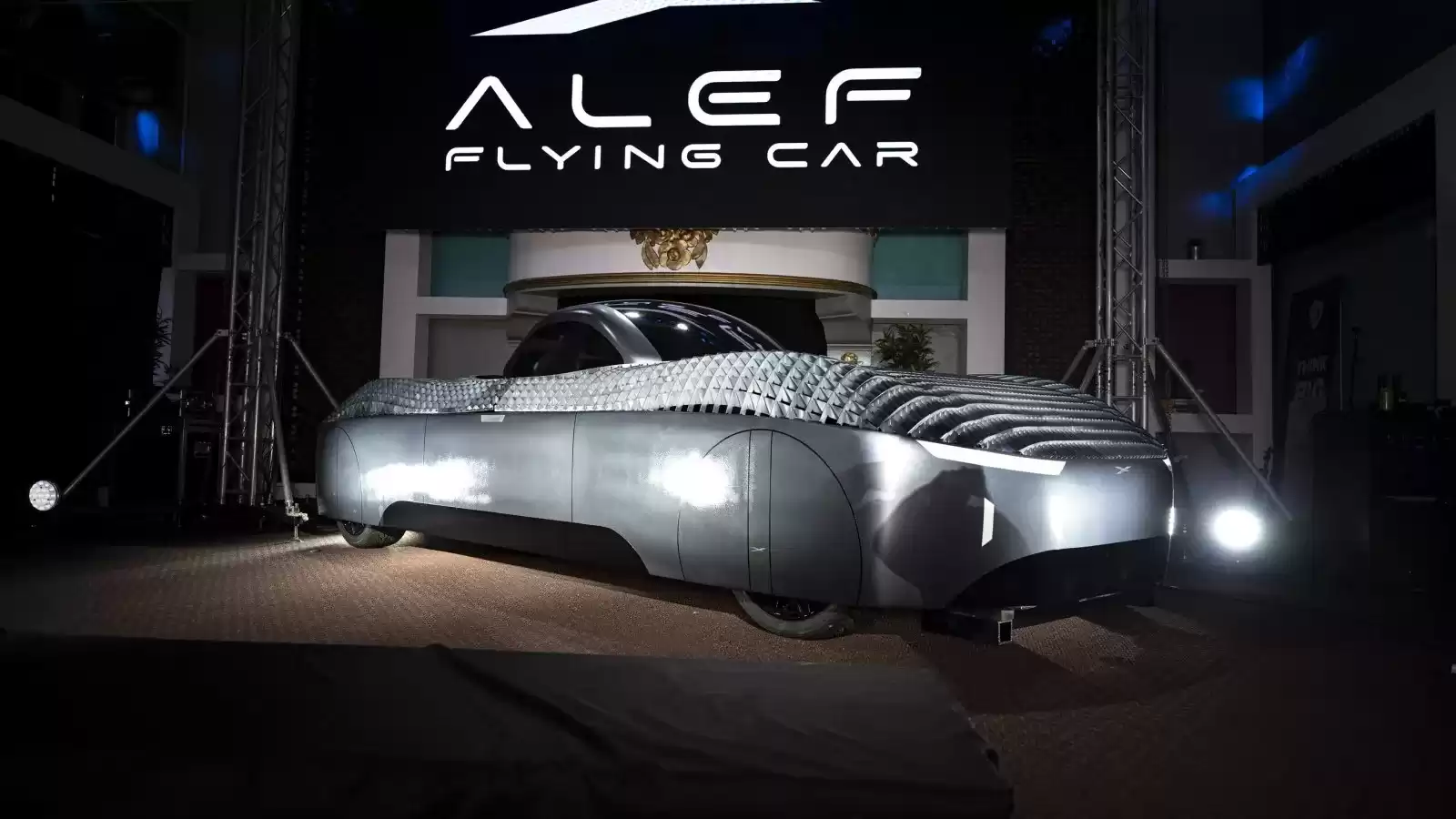Alef's video unveils the mechanism behind the $300,000 flying car
Alef's Model A flying car has received approval from the Federal Aviation Authority (FAA), making it the first vehicle of its kind to be approved for use in the US. The car is entirely electric and has a range of 110 miles. It contains eight rotating blades underneath its bodywork, allowing it to rise vertically and then rotate sideways for forward propulsion. The vehicle is designed to "hop" over congested areas due to traffic jams or road accidents. Alef has received strong pre-order interest for the Model A, which is priced at $300,000.
Flying cars have long been a fantasy of science fiction movies, but it seems that the dream may be turning into a reality. San Mateo-based start-up Alef recently announced that its Model A flying car has received approval from the Federal Aviation Authority (FAA) for use in the United States. This makes it the first vehicle of its kind to receive such approval.
Unlike the flying cars depicted in films like Blade Runner and Total Recall, the Model A does not have wings or rockets. So how does it take off? Alef CEO Jim Dukhovny, who has a background in software engineering, explained during a video presentation last year that the company has been conducting flights since 2018 and that the car has an aerial range of 110 miles.
Dukhovny also addressed the physics behind flying cars, stating that the reason we don't have them today is because of the laws of physics. In order to fly, there needs to be a greater air pressure under the wing than over it, which requires a large wing area. This is how airplanes operate, with large wings creating lift. However, flying cars also need to be slim enough to fit in driveways and not cause accidents on the road.
Another challenge is the shape of the car itself, which disrupts the airflow. Dukhovny explained that cars have a high drag coefficient compared to airplanes, making them inefficient for flying. However, Alef has found a solution by incorporating eight rotating blades underneath the car's bodywork. These blades allow the car to rise vertically and then rotate sideways for forward propulsion. The passenger seat also rotates to keep the passenger upright during flight.
The Model A is designed to have limited resistance during flight, resembling a circular wing or biplane. Dukhovny hopes that the car will eventually be used for longer-range flights, but its vertical take-off and landing capabilities make it ideal for hopping over congested areas.
Alef has seen strong pre-order interest for the Model A, despite its hefty $300,000 price tag. The company did not disclose the number of pre-orders or the number needed to recoup development costs. The car is fully electric and can accommodate up to two occupants. Dukhovny anticipates that consumers will be flying these cars by 2025.
While the FAA certification is a significant milestone for Alef, it does come with limitations. The company did not specify the exact restrictions, but Special Airworthiness Certification can impose limitations on certain tasks and experimental craft.
In conclusion, the dream of flying cars is inching closer to reality with Alef's Model A receiving FAA approval. The car's unique design and technology allow it to take off vertically and fly with limited resistance. Despite the high price tag, there is strong interest in pre-orders, signaling potential demand for this futuristic mode of transportation.












Comments on Alef's video unveils the mechanism behind the $300,000 flying car